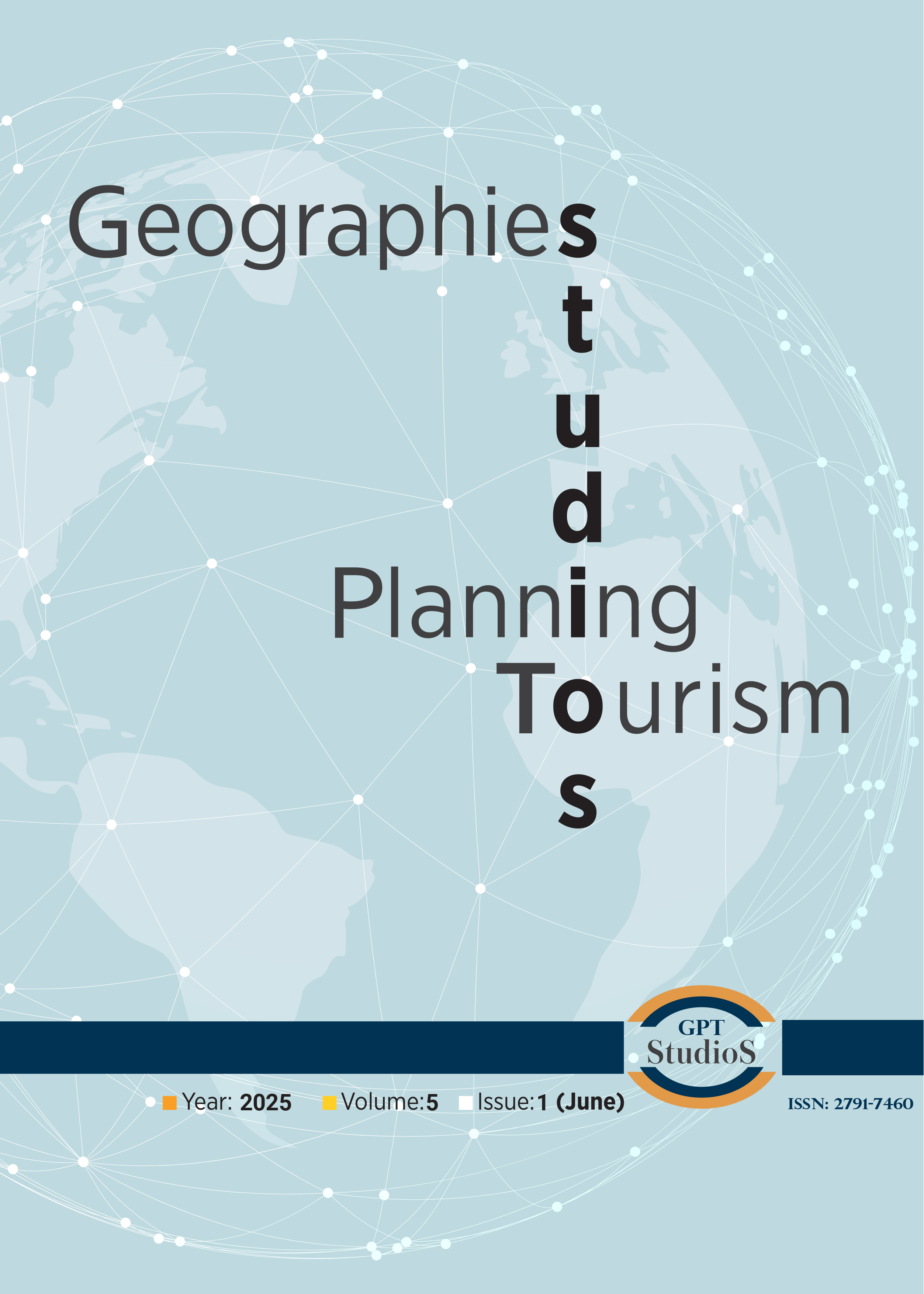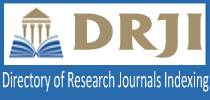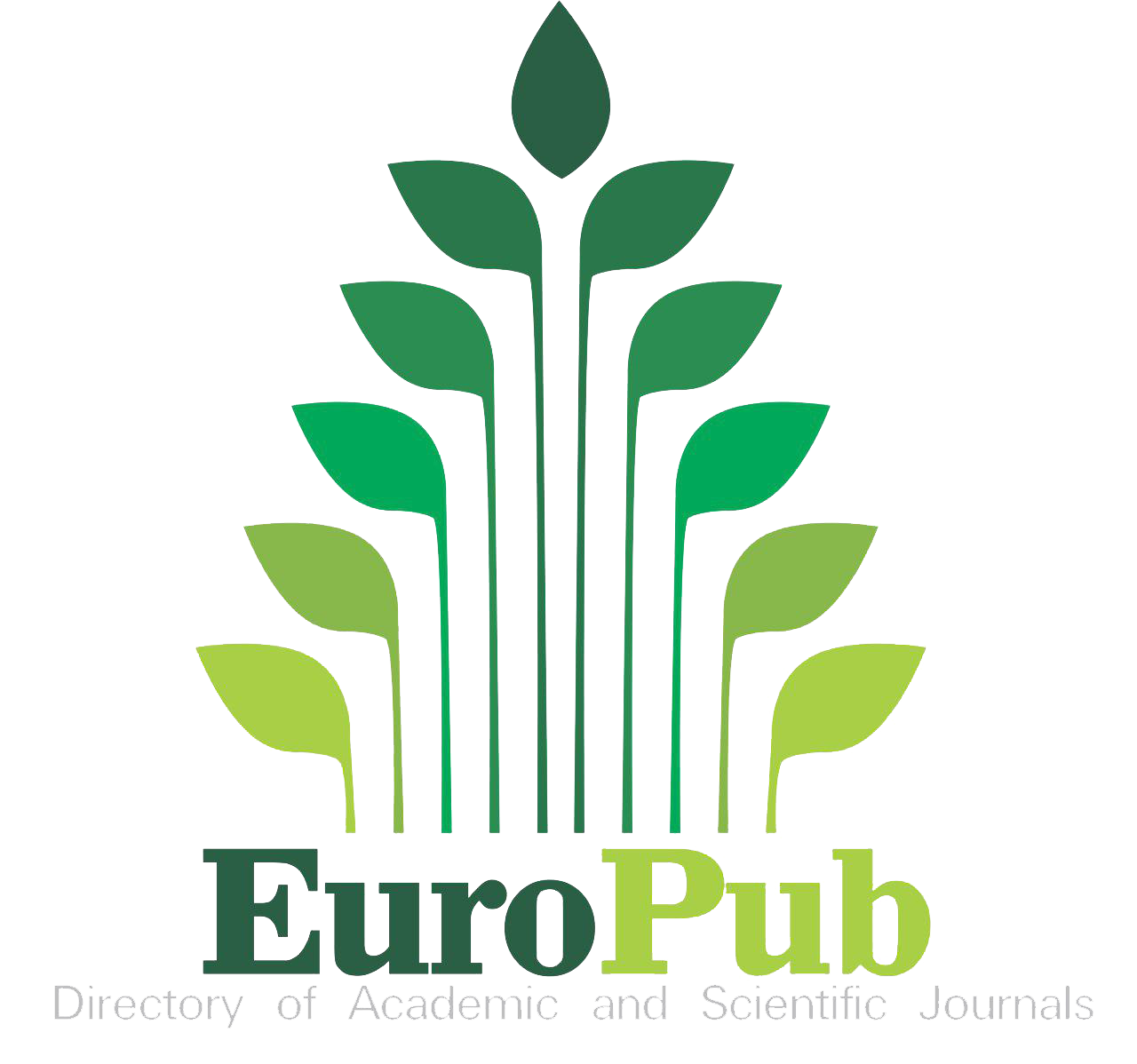
Articles are Open Access and Licensed under a Creative Commons Attribution-NonCommercial 4.0 International License.
A Systematic Review of Multidimensional Urban Poverty and Deprivation Indicators
Mehdi Roshani, Kübra Cihangir ĮamurDepartment Of City And Regional Planning, Gazi University, Ankara, TurkeyAccording to the World Bank, in 2018, approximately 9.2% of the world's population, or around 689 million people, lived in extreme poverty, defined as living on less than $1.90 per day. The United Nations' Sustainable Development Goal aims to eradicate extreme poverty by 2030. Rapid population growth can strain limited resources and infrastructure, especially in low-income areas. Insufficient access to basic services and inadequate housing can exacerbate poverty and deprivation. Additionally, urbanization, often driven by population growth, can result in the concentration of poverty in densely populated urban areas, further exacerbating social exclusion and inequality, and also deprivation. Poverty and deprivation are closely related concepts that are often used interchangeably, but they have slightly different meanings.
Measuring poverty and deprivation in cities serves multiple important purposes, such as aiding in the development of effective policies, allowing for efficient allocation of resources, and assessing social and economic inequalities. To analyze how scientific literature is addressing the measurement of deprivation to tackle such urban challenges, a systematic review following the PRISMA guidelines was performed in the Web of Science and Scopus databases. After screening following the inclusion criteria, 49 studies were identified in order to analyze multidimensional poverty and deprivation indicators in urban contexts. Among these selected studies, most of them were utilizing Alkire-Foster (AF) method for measuring and evaluating the non-monetary dimension of poverty. This review also highlighted that there appears to be a gap in the measures of urban deprivation domains and indicators in these articles.
Keywords: Multidimensional urban poverty, Urban deprivation indicators, Urban planning, Systematic review.
Manuscript Language: English











